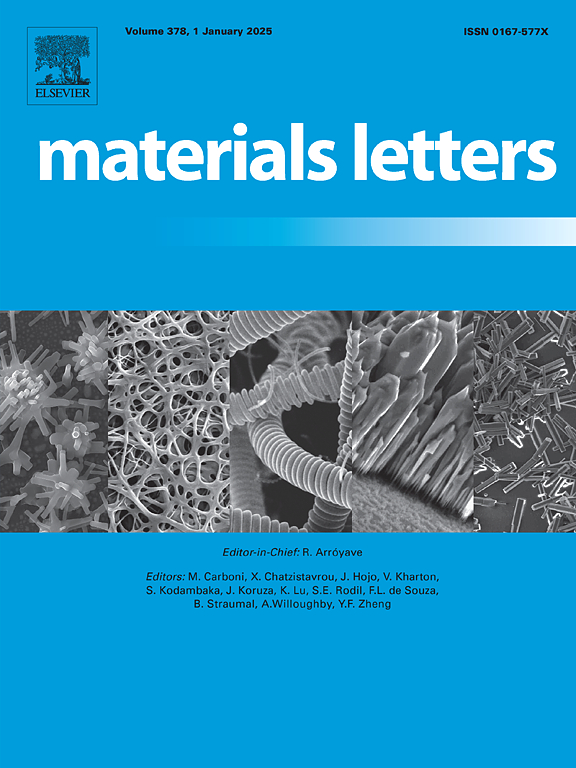Correlation of pore structure, graphitization, and thermal conductivity on ordered mesoporous carbons
IF 2.7
4区 材料科学
Q3 MATERIALS SCIENCE, MULTIDISCIPLINARY
引用次数: 0
Abstract
Highly ordered mesoporous carbons (OMC) materials possess enormous potential for many high-tech applications, such as bioreactors, dielectrics, thermal insulation, sensors, and catalysts. This study explores the synthesis of two types of OMCs with distinct pore structures using the solvent evaporation-induced self-assembly method. We investigated the relationship between the degree of graphitization and the thermal conductivity of these ordered mesoporous carbon materials, which were prepared at different calcination temperatures. Small-angle X-ray scattering (SAXS) results indicate that the graphitization of FDU-16, characterized by a body-centered cubic (Im m) pore structure, surpasses that of FDU-15, which features a two-dimensional (2D) hexagonal (p6mm) pore structure. We first establish a correlation between pore structure, degree of graphitization, and thermal conductivity in ordered mesoporous carbon materials, offering a potential solution to challenges related to insufficient thermal conductivity and ineffective thermal management in porous materials.
求助全文
约1分钟内获得全文
求助全文
来源期刊

Materials Letters
工程技术-材料科学:综合
CiteScore
5.60
自引率
3.30%
发文量
1948
审稿时长
50 days
期刊介绍:
Materials Letters has an open access mirror journal Materials Letters: X, sharing the same aims and scope, editorial team, submission system and rigorous peer review.
Materials Letters is dedicated to publishing novel, cutting edge reports of broad interest to the materials community. The journal provides a forum for materials scientists and engineers, physicists, and chemists to rapidly communicate on the most important topics in the field of materials.
Contributions include, but are not limited to, a variety of topics such as:
• Materials - Metals and alloys, amorphous solids, ceramics, composites, polymers, semiconductors
• Applications - Structural, opto-electronic, magnetic, medical, MEMS, sensors, smart
• Characterization - Analytical, microscopy, scanning probes, nanoscopic, optical, electrical, magnetic, acoustic, spectroscopic, diffraction
• Novel Materials - Micro and nanostructures (nanowires, nanotubes, nanoparticles), nanocomposites, thin films, superlattices, quantum dots.
• Processing - Crystal growth, thin film processing, sol-gel processing, mechanical processing, assembly, nanocrystalline processing.
• Properties - Mechanical, magnetic, optical, electrical, ferroelectric, thermal, interfacial, transport, thermodynamic
• Synthesis - Quenching, solid state, solidification, solution synthesis, vapor deposition, high pressure, explosive
 求助内容:
求助内容: 应助结果提醒方式:
应助结果提醒方式:


